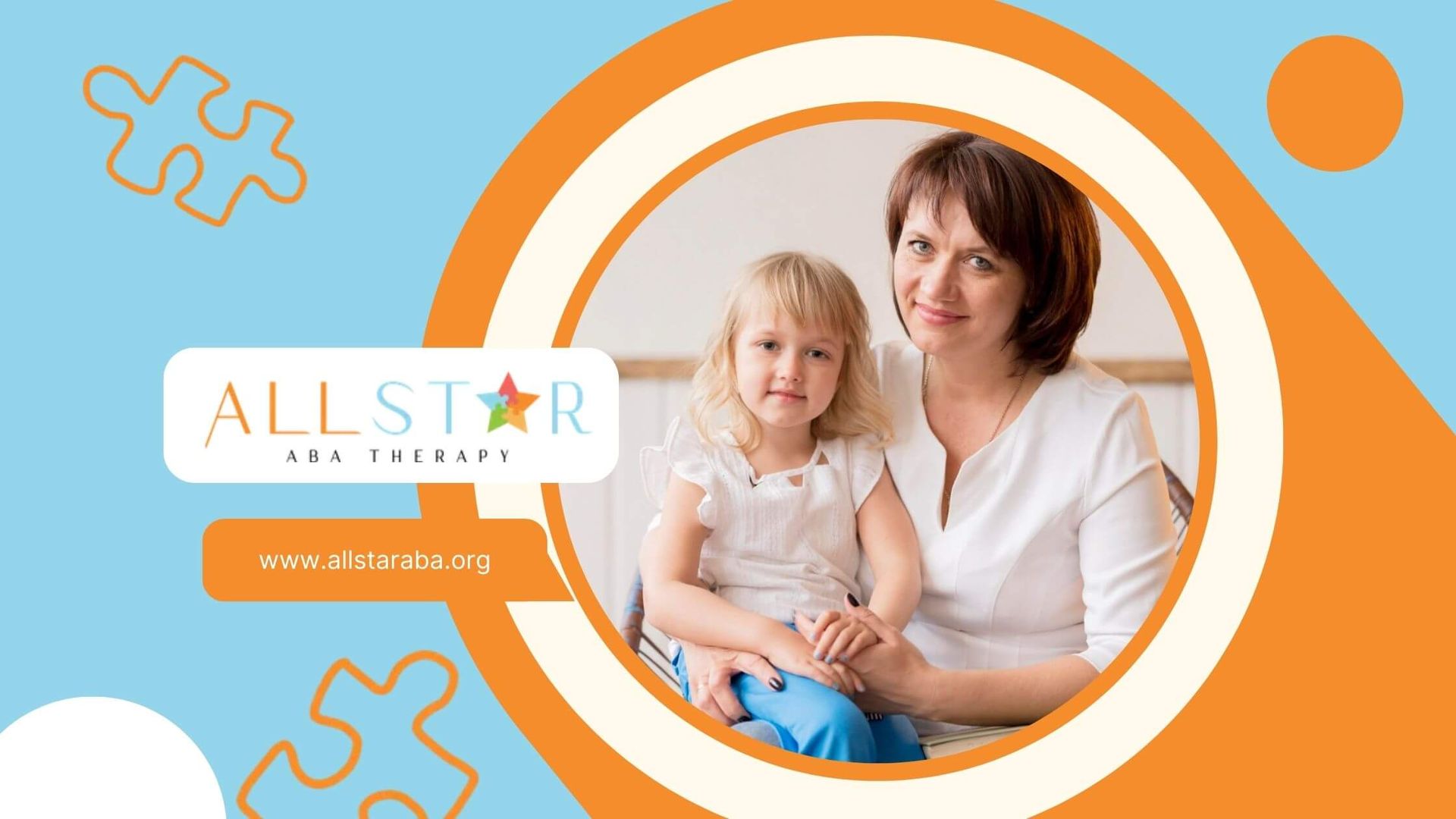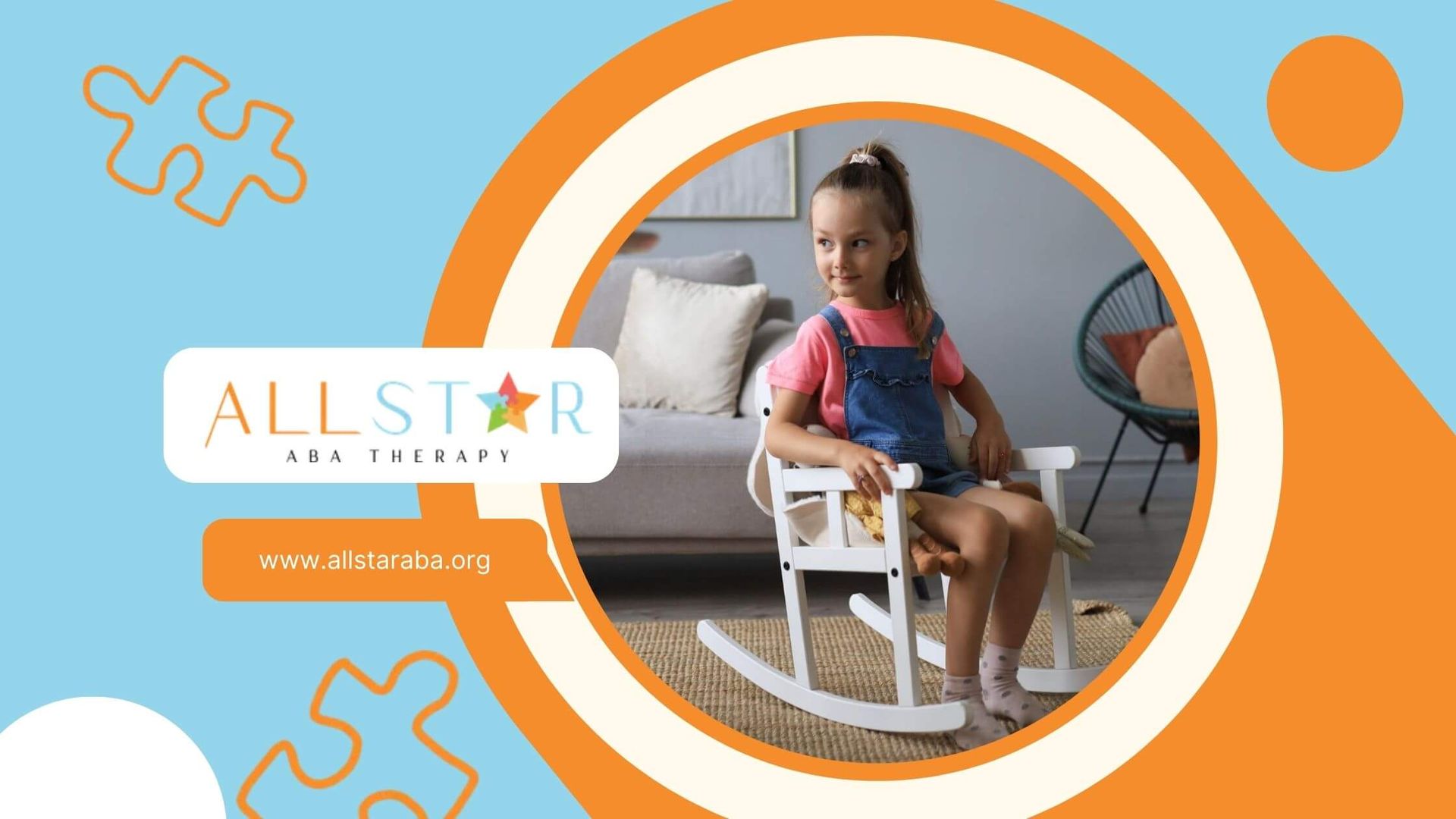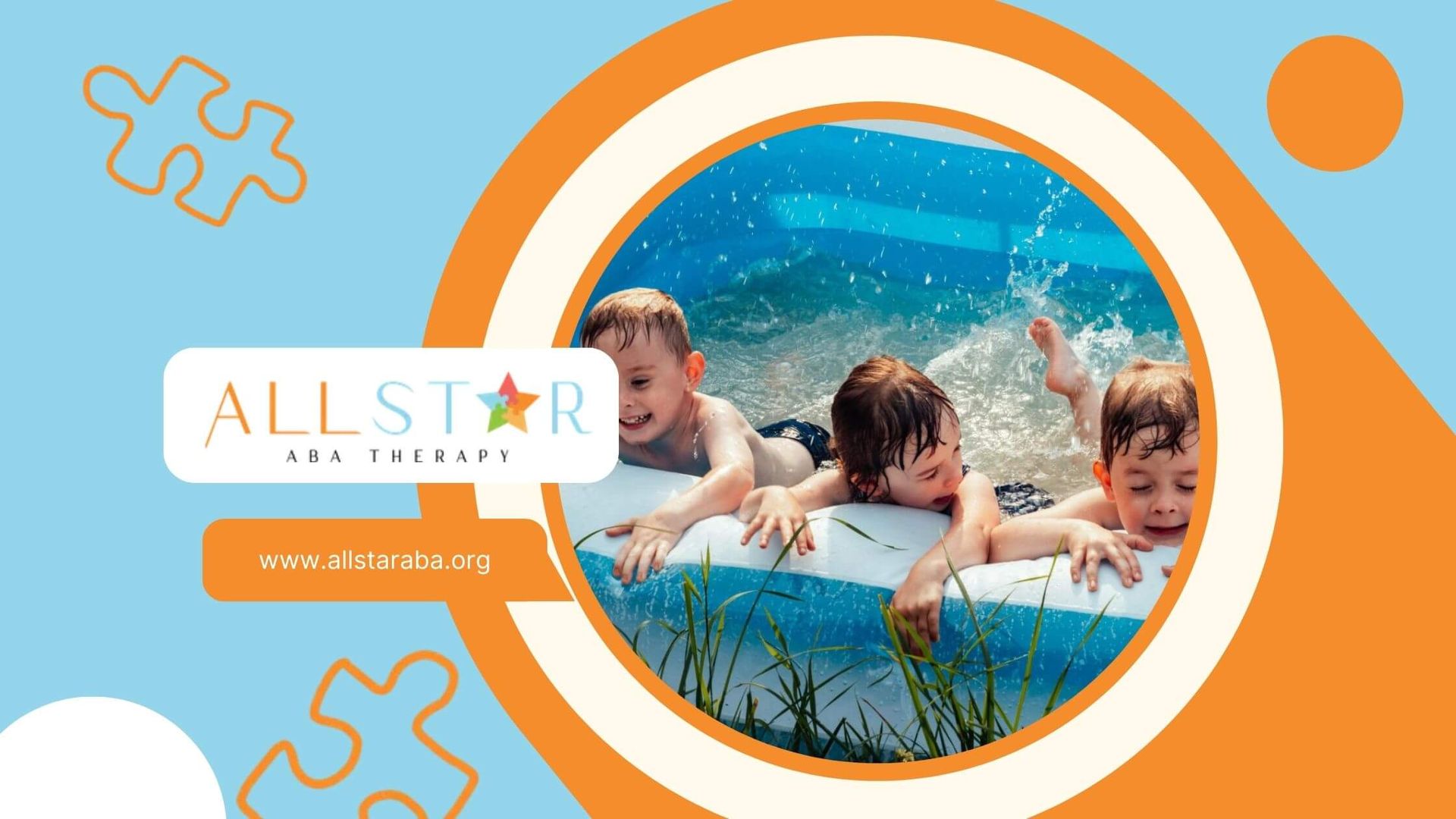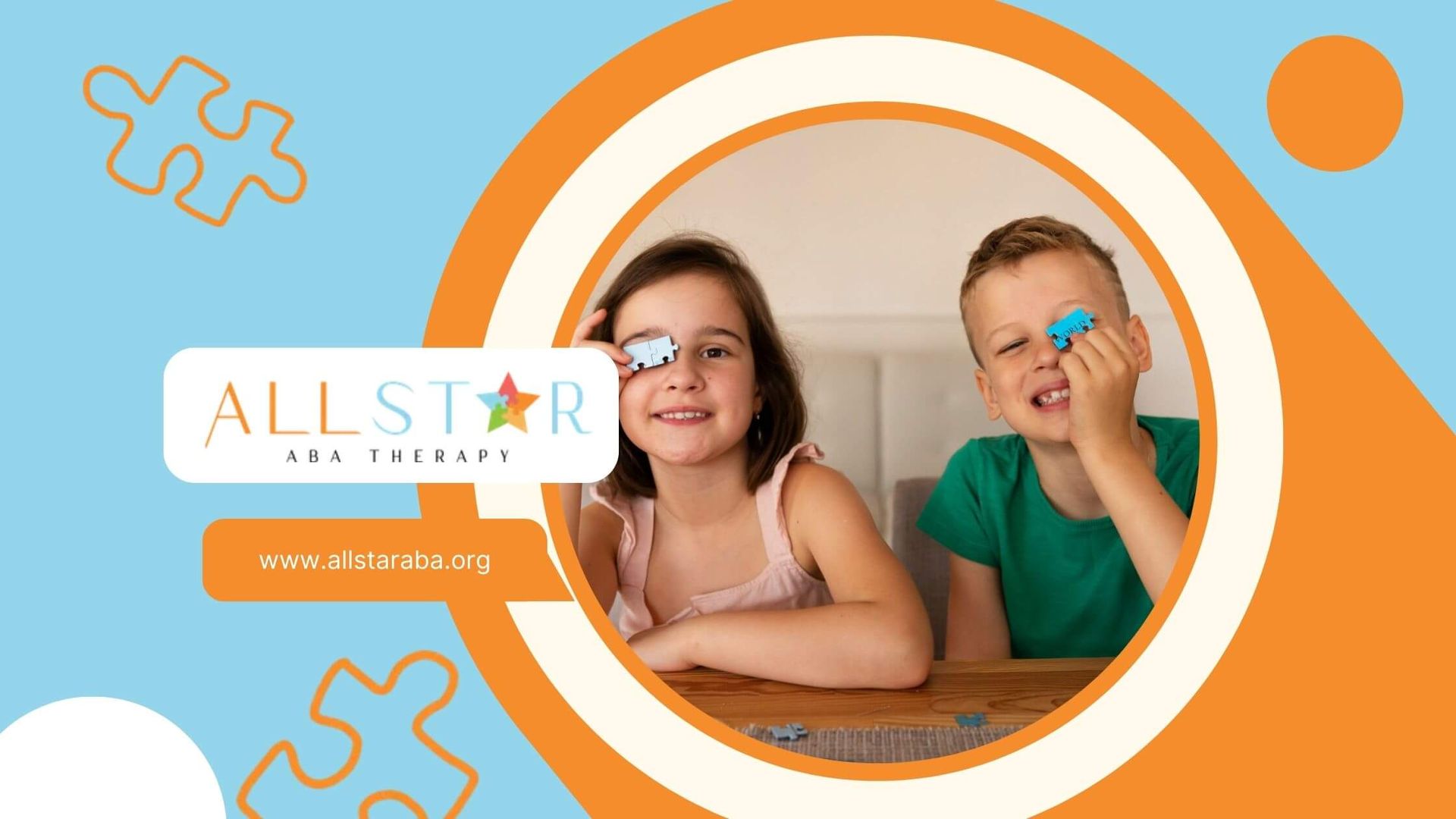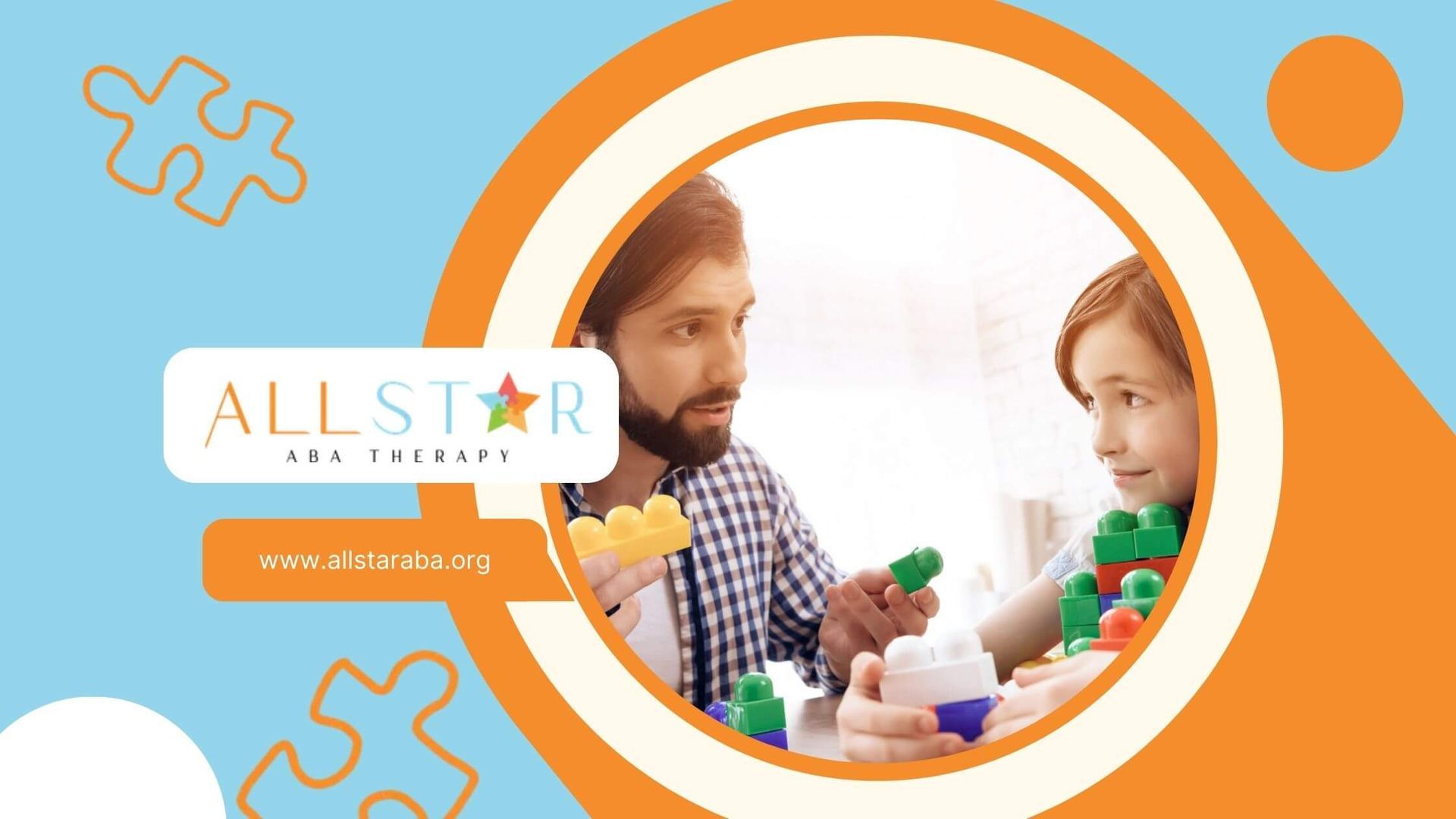New Paragraph
Managing Autism and Epilepsy Comorbidity
Understanding Autism Comorbidity
Prevalence of Epilepsy in Autistic Individuals
Folks with Autism Spectrum Disorder (ASD) are more likely to have epilepsy than the general crowd. About 1 in 10 autistic people also deal with epilepsy. The numbers change with age, and it's usually more common in autistic adults than in kids.
| Age Group | Prevalence of Epilepsy |
|---|---|
| Autistic Adolescents (11-17 years) | Significantly Increased |
| Autistic Pre-School Children (≤ 6 years) | Higher Trend |
| Autistic School-Aged Children (7-10 years) | Lower Trend |
As people get older, epilepsy becomes more common, especially among females and those with lower intellectual abilities. Interestingly, countries with a higher human development index tend to have a lower prevalence of epilepsy in autistic individuals.
Risk Factors for Epilepsy in Autism
There are several reasons why some autistic folks are more likely to have seizures. Intellectual disability is a big one, with 34.6% of autistic adults with intellectual disability having epilepsy, compared to just 11.1% of those without it.
Prevalence of Epilepsy in Different Groups
New cases of epilepsy pop up at different rates too, with 23.6 new cases per 1000 person-years in autistic adults with intellectual disability, 7.7 in those without, and 15.9 in adults with intellectual disability alone.
| Group | Incidence of New Epilepsy Cases (per 1000 person-years) |
|---|---|
| Autistic Adults with Intellectual Disability | 23.6 |
| Autistic Adults without Intellectual Disability | 7.7 |
| Adults with Intellectual Disability Alone | 15.9 |
Being female and having an intellectual disability ups the chances of both having and developing epilepsy in autistic adults. Knowing these risk factors helps in managing and supporting those dealing with both autism and epilepsy.
For more on related conditions, check out our articles on autism and OCD comorbidity, common comorbidities with autism, and autism and intellectual disability comorbidity.
Impact of Epilepsy on Autistic Individuals
Management of Epilepsy in Autism
Handling epilepsy in folks with autism needs a thoughtful and personal touch. The Epilepsy Foundation says autism doesn't really change how seizures are checked out or managed. But, there are some things to keep in mind.
Once epilepsy is a sure thing, treatment usually kicks off with antiseizure meds (ASMs). It's smart to start with a tiny dose and slowly increase it, since people with autism can be extra sensitive to stuff around them, including meds. Caregivers should think about how easy it is to take different ASM forms, like liquids or crushed pills, to make it simpler to give.
Besides meds, behavioral and educational tweaks are super important. Caregivers and those helping out should get trained in seizure first aid and have a "seizure action plan" ready, along with safety tips.
Educational and Neuropsychologic Evaluations
People with both autism and epilepsy often face challenges like intellectual disability, learning issues, and ADHD. So, educational and neuropsychologic checks are key to shaping individual education plans (IEPs) and making sure school-aged kids get the right help.
Having both autism and epilepsy can mess with how educational and medical help is given. Adjustments might be needed when academic performance dips during heavy seizure times or when meds are being tweaked. For instance, having a one-on-one helper in class can be a big plus for autistic kids.
| Condition | Prevalence in Autism and Epilepsy |
|---|---|
| Intellectual Disability | High |
| Specific Learning Disabilities | High |
| ADHD | High |
These evaluations help spot what each person needs, allowing for custom interventions that can really boost their life quality. For more on related conditions, check out our article on autism and ADHD comorbidity.
By getting a grip on how epilepsy affects autistic folks, caregivers, teachers, and healthcare pros can team up to offer solid support and better outcomes for those dealing with this double whammy.
EEG Abnormalities in Autism
Electroencephalography (EEG) is a big deal when it comes to checking out epilepsy, especially for folks with autism. Getting a handle on EEG quirks in autism can really help manage epilepsy that often tags along.
Role of EEG in Epilepsy Evaluation
EEG is like a brainwave check-up. It’s a non-invasive way to peek at the brain’s electrical activity. Doctors use it to spot epilepsy and other brain-related issues. For those with autism, EEG is a handy tool in the epilepsy check-up kit. According to Practical Neurology, up to 60% of people with autism show EEG oddities even if they’ve never had a seizure. This high number means EEG should be used wisely and looked at alongside a full clinical history.
| EEG Abnormalities | Prevalence in Autism |
|---|---|
| EEG Abnormalities without Seizures | Up to 60% |
| Epilepsy | Less common than EEG abnormalities |
Considerations for EEG Testing
EEG can be super helpful, but there are a few things to keep in mind when doing EEG tests for folks with autism:
- Clinical Suspicion:
Only go for an EEG if there’s a real suspicion of seizures. With a lot of false alarms, it’s key to match EEG results with symptoms and history.
- Sensory Sensitivities:
People with autism might find the EEG process a bit much due to sensory issues. It’s important to get them ready and use tricks to ease any discomfort or anxiety.
- Behavioral Challenges:
Things like aggression can make EEG testing tricky. Creating a calm setting and maybe using sedation might be needed sometimes.
- Interpretation of Results: With so many EEG quirks in autism, results need a careful look. False positives are common, so EEG findings should be weighed with clinical checks and other tests.
Grasping the role and limits of EEG in autism and epilepsy is key for getting the diagnosis right and managing it well. By keeping the unique challenges in mind and interpreting results carefully, healthcare pros can better support those with autism and epilepsy.
Quality of Life in Autistic Adults
Factors Affecting Quality of Life
Life's a mixed bag, especially for autistic adults. They often find themselves rating their quality of life lower than others do. This gap shows up in all areas: physical, mental, social, and environmental.
Here's what tends to drag down the quality of life for autistic adults:
- Mental Health Conditions:
If an autistic adult is dealing with mental health issues, their quality of life usually takes a hit.
- Severity of Autism Symptoms:
More intense autism symptoms often mean a tougher time in life.
- Employment Status: Having a job where they can stand on their own two feet boosts their physical quality of life.
- Relationships and Support:
Being in a relationship and having a support system can really lift their social quality of life.
- Education Level: More education often leads to better social interactions and quality of life.
| Factor | Impact on Quality of Life |
|---|---|
| Mental Health Condition | Negative |
| Severity of Autism Symptoms | Negative |
| Employment Status | Positive |
| Relationships and Support | Positive |
| Education Level | Positive |
Gender Disparities in Quality of Life
Gender throws another wrench into the mix. Men and women experience life differently, and this holds true for autistic adults too.
- Females: Women on the spectrum often report better social lives than men. But, they're also more prone to mental health struggles, which can drag down their overall quality of life.
- Males: Men might not have as rich a social life, but they tend to report fewer mental health issues compared to women.
| Gender | Social Quality of Life | Mental Health Conditions |
|---|---|---|
| Females | Higher | More Likely |
| Males | Lower | Less Likely |
Getting a handle on these factors and differences is key to making life better for autistic adults. Tackling mental health issues, creating job opportunities, building relationships, and offering support can all help boost their well-being.
Behavioral and Psychiatric Disorders
Folks with Autism Spectrum Disorder (ASD) often deal with a bunch of other behavioral and psychiatric issues. These extra challenges can really mess with their day-to-day life and overall happiness.
Common Associations with ASD
People with ASD might face a mix of behavioral and psychiatric problems. Some of the usual suspects are irritability, aggression, self-harm, ADHD, anxiety, OCD, gender dysphoria, mood swings, thoughts of suicide, substance abuse, catatonia, psychosis, and schizophrenia-like disorders. These symptoms can get tangled up with the main traits of ASD, making it tricky to pin down what's what.
| Disorder | Prevalence in ASD (%) |
|---|---|
| ADHD | 30-50 |
| Anxiety | 40-50 |
| OCD | 17-37 |
| Mood Disorders | 20-30 |
| Psychosis | 5-10 |
Risk of Substance Use Disorders
People with ASD are more likely to get
tangled up with substance use disorders (SUD). Studies show their risk is about twice that of the general crowd. Why? Well, it could be a mix of family history, what they see around them, tough times at home, starting substance use early, feeling stressed out, and dealing with other emotional and behavioral issues.
| Risk Factor | Description |
|---|---|
| Genetic Predisposition | Family history of SUD ups the risk. |
| Environmental Influences | Being around substance use. |
| Stressful Family Events | Family drama and chaos. |
| Early Substance Use | Starting young with substances. |
| Psychological Distress | High stress and emotional struggles. |
| Co-occurring Conditions | Other emotional and behavioral issues. |
Knowing these risk factors helps in crafting better prevention and intervention plans.
By spotting and tackling the behavioral and psychiatric issues tied to ASD, caregivers and pros can offer better support and boost the quality of life for those with autism.
Genetic Factors in ASD and ADHD
Shared Genetic Risk Factors
Autism Spectrum Disorder (ASD) and Attention-Deficit/Hyperactivity Disorder (ADHD) often show up together, like peanut butter and jelly, with research showing that 20–50% of kids with ADHD also fit the bill for ASD, and 30–80% of kids with ASD tick the boxes for ADHD. This overlap hints at some shared genetic quirks between the two.
The New Jersey Language and Autism Genetics Study (NJLAGS) has been digging into these genetic connections. They gathered info from over 100 families with at least one person dealing with ASD, and surprise, surprise, ADHD was pretty common in these families too. They found some hot spots on chromosomes 12 and 17 that are linked to ADHD. By sequencing the whole genome of 272 samples from 73 NJLAGS families, they pinpointed 36 genes in these areas that are tied to ADHD.
In the NJLAGS group, 64.3% of families had folks with ADHD, totaling 125 people with either ASD or ADHD. Out of 98 people with ASD, 41 (41.8%) also had ADHD. Boys were more likely to have both conditions compared to girls, with a male/female ratio of 2.73.
| Genetic Study | Key Findings |
|---|---|
| NJLAGS | 36 genes linked to ADHD found on chromosomes 12 and 17 |
| Whole-genome sequencing | 207 candidate genes tied to ADHD and ASD/ADHD identified |
One standout gene in the chromosome 17 area is Lysine Demethylase 6B (KDM6B), a known player in neurodevelopmental disorders like ASD and ADHD. KDM6B is active in the brain and doesn't take kindly to mutations. It makes a protein that demethylates trimethylated lysine-27 on histone H3.
Impact on Quality of Life
Having both ASD and ADHD can really throw a wrench in the works for those affected. Each condition on its own brings its own set of hurdles, and together, they can make life even trickier. People dealing with both might find social interactions, communication, and behavior control extra challenging.
The combo can also make educational and therapeutic efforts more complicated, as it becomes tougher to cater to each person's unique needs. This can ramp up stress levels for both the individuals and their families, impacting overall happiness.
| Condition | Impact on Quality of Life |
|---|---|
| ASD | Trouble with socializing, communication issues, behavior control problems |
| ADHD | Struggles with focus, hyperactivity, impulsiveness |
| ASD + ADHD | Heightened challenges, more stress, complex interventions |
Getting a grip on the genetic factors and their effects on life quality is key to crafting better interventions and support systems.
SOURCES:
https://www.epilepsy.com/stories/epilepsy-and-autism-there-relationship
https://pmc.ncbi.nlm.nih.gov/articles/PMC7862416/
https://practicalneurology.com/articles/2020-oct/epilepsy-and-autism
https://pmc.ncbi.nlm.nih.gov/articles/PMC6220831/
https://pmc.ncbi.nlm.nih.gov/articles/PMC10048473/
https://pmc.ncbi.nlm.nih.gov/articles/PMC10177627/
https://pubmed.ncbi.nlm.nih.gov/34510916/
Need Support?
We're Here to Help!
Our experienced team is ready to assist you. Reach out today to discuss how we can support your child's development and well-being.
Get started with expert ABA therapy today.



